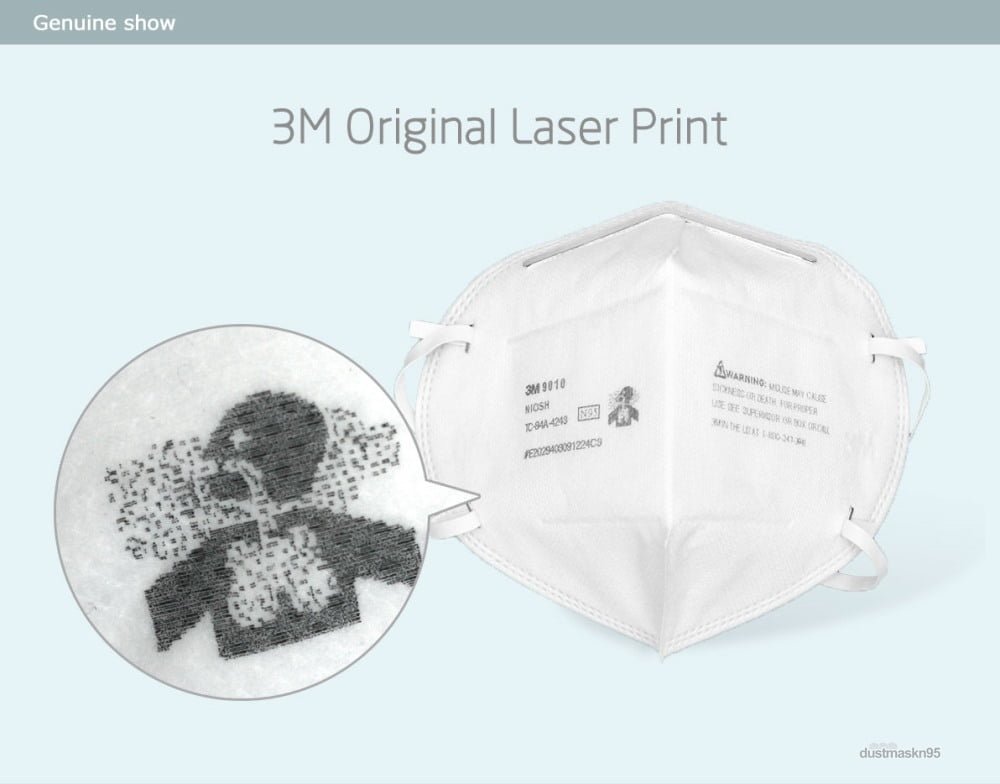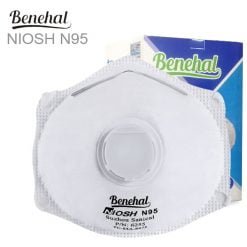If you work in an area where you are exposed to dust, such as in construction or agriculture, it’s important to protect yourself with an N95 dust mask with valve to avoid lung damage and other respiratory issues. However, there are so many different N95 dust masks on the market that choosing the right one can seem like quite the challenge. To help you choose which N95 dust mask with valve is best for your needs, keep reading to find out more about the features of each type of mask and how to choose the right one for your job.
Size and Shape of Face
There are two main styles of N95 dust masks, fitting either over your nose and mouth or just your mouth. When choosing an N95 dust mask with valve, it’s important to consider how big or small your face is as well as which will look better on you. For example, if you have a smaller face and want something that covers both your nose and mouth, you’ll want a style like 3M’s 6800 Series Half Facepiece Respirator.
Materials for Breathing Protection Devices
The materials used in breathing protection devices have a direct impact on both cost and effectiveness. Breathing protection devices use one of two methods for filtering particulate matter: mechanical filters (based on fibers) or active carbon filters (based on activated charcoal). Some masks also incorporate chemicals that neutralize gases before they reach the nose and mouth. Before you can determine what type of breathing mask will work best for your industry, you’ll need to know about these different filter types.
Types of Respirators
Picking up a respirator can be confusing. There are two main types: air-purifying respirators (APRs) and powered air-purifying respirators (PAPRs). Both are designed to protect your lungs from airborne particles, but there’s one big difference. Air-purifying respirators use filters and scrubbers to clean air before it reaches your lungs, while PAPRs use an internal fan system and battery power for cleaner airflow.
Full-Face Respirator

Use a full-face respirator if you’re working in areas where there are high concentrations of pathogens. The idea behind full-face respirators is that they cover more surface area, so particles from viruses and bacteria will have less area on your skin to latch onto and penetrate. One benefit is that they keep allergens out as well—so if you’re allergic to dust, pollen, or mold spores, these will be an effective solution.
PAPR (Positive Pressure, Air-Supplied Respirator)
A PAPR is a device that supplies filtered air to a mask or respirator. They are often used in hazardous materials environments and are usually used as part of an SCBA (Self-Contained Breathing Apparatus). While they may not provide as much protection as full chemical protective gear, they are significantly lighter and more comfortable.
Powered Air Purifying Respirator
A PAPR is a fan-driven breathing apparatus. A PAPR pulls clean air from a remote source through filters and into your respiratory system, unlike conventional filtering masks that rely on you bringing clean air from outside into your lungs by breathing in and out (called mouth-to-mask). If you work in a hazardous environment and need respiratory protection, talk to your employer about getting trained on how to properly use a PAPR.
Breathing Protection Equipment
When you’re choosing between a mask with and without a valve, consider if your work environment has very dusty conditions or not. For example, an agricultural worker will likely be in an extremely dusty environment and would benefit from a mask that prevents breathing in dust. As such, he or she should opt for one of our n95 dust masks without valves since they have better protection against particulate matter.








